In 2019, artificial insemination (AI) successfully produced for the first time in the world a jaguar cub. Unfortunately, shortly after its birth, its mother attacked and ate it. Since then, a new attempt at inseminating the same female jaguar has been made, in addition to other procedures of the like in a bid to save certain species.
On February 16, 2019, the first jaguar cub ever born from AI arrived at the Associação Mata Ciliar in Brazil, the Cincinnati Zoo & Botanical Garden’s Center for Conservation and Research of Endangered Wildlife (CREW) reported at the time.
The birth was the result of an AI procedure performed by scientists from CREW and represented a major scientific advancement for the conservation of this species.
The mother, a wild-born female named Bianca, was one of five jaguars inseminated in 2019.
In 2019, the first jaguar cub born through artificial insemination was tragically eaten by its mother
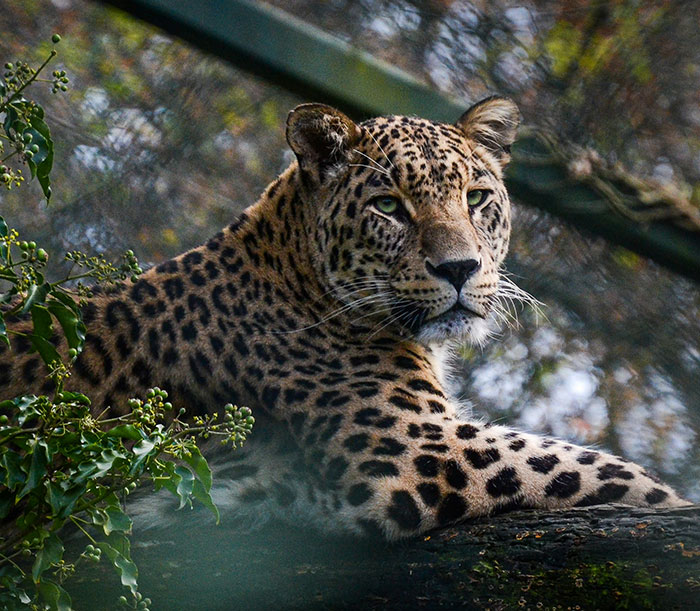
Image credits: Daley van de Sande
Lindsey Vansandt, CREW’s theriogenologist and the lead scientist on the project, conducted the AI procedures with the assistance of CREW’s Director of Animal Research Dr. Bill Swanson.
She said: “By using a systematic research strategy, we were able to improve our understanding of the jaguar’s unique reproductive biology and make species-specific modifications to our standard AI approach.”
Lindsey continued: “The jaguar is the last of the seven big cat species to be produced by AI.
“The birth of this cub is an important milestone and invigorates the possibility of using assisted reproduction as a management tool to conserve this iconic cat.”

Image credits: zooborns
Following AI with freshly collected semen from a resident wild-born male, Bianca conceived and, after a 104-day gestation period, gave birth to a single viable jaguar cub, CREW explained.
Upon the successful birth, remote video monitoring showed excellent maternal care and nursing.
However, the cub eventually disappeared from the maternity den two days after birth and was presumably consumed by mom Bianca.
At the time, Lindsey explained: “From a scientific perspective, we’re celebrating the fact that the cub was born healthy and that the AI was a success.
Since then, a new attempt at inseminating the same female jaguar has been made
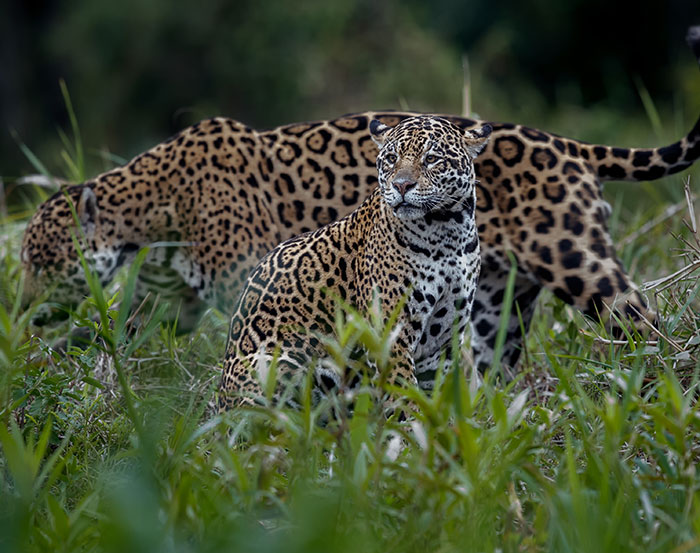
Image credits: Freepik
“It’s disappointing that the cub did not survive longer, but it’s not uncommon for carnivores, especially first-time mothers, to behave this way with their offspring.”
In 2021, Brazilian and American scientists attempted to repeat the same procedure with Bianca, along with another female jaguar at the same facility, named Tabatinga.
At that point, Bianca was living in a protected area in Sao Paulo state, Brazil.
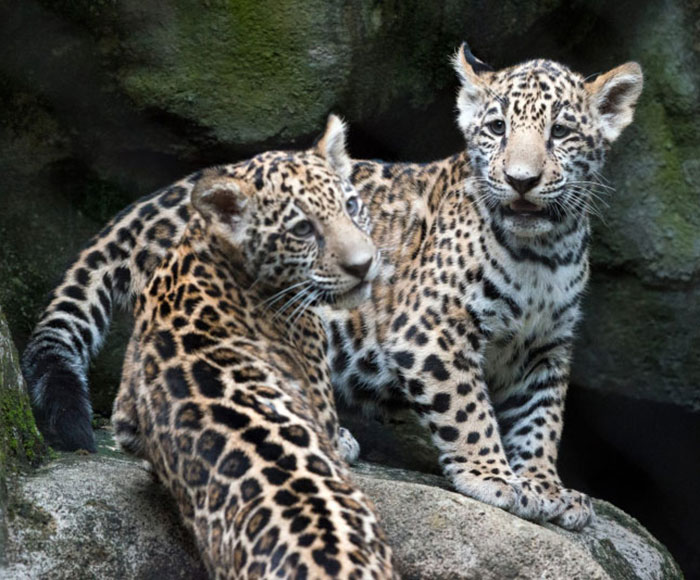
Image credits: zooborns
The 110-pound feline who was eight years old at the time, was once again used to advance the cause of preserving her species, but results have remained unclear since the last reports of the procedures.
Bored Panda has contacted the Cincinnati Zoo & Botanical Garden and Lindsey Vansandt for comment.
“The population sort of becomes smaller and smaller, and then you get inbreeding which has lots of bad consequences,” Lindsey told The Associated Press (AP) moments after performing the procedure on an unconscious Bianca atop a surgery table, in 2021.
She further stated: “If we can take sperm from one male and inseminate a female from another location, we can keep their gene flow moving and keep the population more healthy.”
The mother, a wild-born female named Bianca, was one of five jaguars inseminated in 2019
Cincinnati Zoo’s CREW is at it again! They’ve had a major scientific milestone for conservation with the arrival of the first jaguar cub from born artificial insemination at the Associação Mata Ciliar in Brazil! https://t.co/PFWbbVAC2f pic.twitter.com/nHKC8oVmOL
— Cincinnati Zoo (@CincinnatiZoo) March 14, 2019
Wildlife experts from the Cincinnati Zoo, the Federal University of Mato Grosso, and the environmental organization Mata Ciliar have developed their insemination program for the Western Hemisphere’s largest feline for years, the AP reported.
They have reportedly worked with individuals rescued from habitat loss in the Amazon rainforest, Cerrado savanna, and Pantanal wetlands, all of which have suffered a surge of deforestation and fires in recent years.
Some jaguars badly injured by blazes in the Pantanal (a natural region encompassing the world’s largest tropical wetland area) in 2020 required transport to specialized facilities for care. Others either died or were displaced, according to the AP.
Cristina Adania, a veterinarian and coordinator of Mata Ciliar told the AP: “Look what happened in the Pantanal, the Cerrado.
“They are being killed before we even get to treat them, so something has to be done.”
The first ever #jaguar cub to be born from artificial insemination (AI) has arrived at the Associação Mata Ciliar in Brazil. The AI was performed by scientists from Cincinnati Zoo & Botanical Garden’s CREW. #conservation #artificialinseminationhttps://t.co/QOLQzuhWoU pic.twitter.com/WdPiNek0nL
— The Frozen Ark Project (@frozenark) March 21, 2019
Wild cat conservation group Panthera, the Federal University of Mato Grosso do Sul, and partners estimated in a 2021 study that almost 1,500 jaguars were killed or displaced by fire and habitat loss in Brazil’s Amazon from 2016 to 2019.
The International Union for the Conservation of Nature’s Red List classified in 2017 jaguars as “near threatened” — a grade above vulnerable — though their population is on the decline and their habitat “severely fragmented.”
Bianca was still a cub in the Amazon when she was rescued and delivered to Mata Ciliar, the AP reported.
Like some of the wild-born cats living at the Brazilian Center for the Conservation of Neotropical Felines in Jundiai, Bianca couldn’t be reintroduced to the wild, Cristina reportedly said.
Following AI with freshly collected semen from a resident wild-born male, Bianca conceived and gave birth to a single viable jaguar cub
A sedated jaguar is carried to an operating room to undergo artificial insemination at the Mata Ciliar Association conservation centre in Jundiai, Brazil
Credit: AP Photo/André Penner
Kitty? pic.twitter.com/uYxo6LUFyU
— Pixiedust (@PixiedustJtT) October 29, 2021
Lindsey explained that unfrozen jaguar semen only stays good for a few hours. Nevertheless, frozen semen can be used for years, but typically has a lower success rate for felines than with humans.
Semen cryopreservation (a process where biological materials are frozen for preservation) offers greater advantages by allowing the transfer of genetic material, rather than living animals, between geographically distant populations and ensures that genetic diversity is not lost if the animals die without reproducing, CREW explained.
Similarly, the use of frozen semen for AI provides an alternative to importing founder animals from other countries, CREW added.
Despite the initial sad outcome of Bianca’s cub, scientists haven’t been deterred from AI, with even more advanced procedures like in vitro fertilization (IVF) being viewed as a potential way to save threatened species.
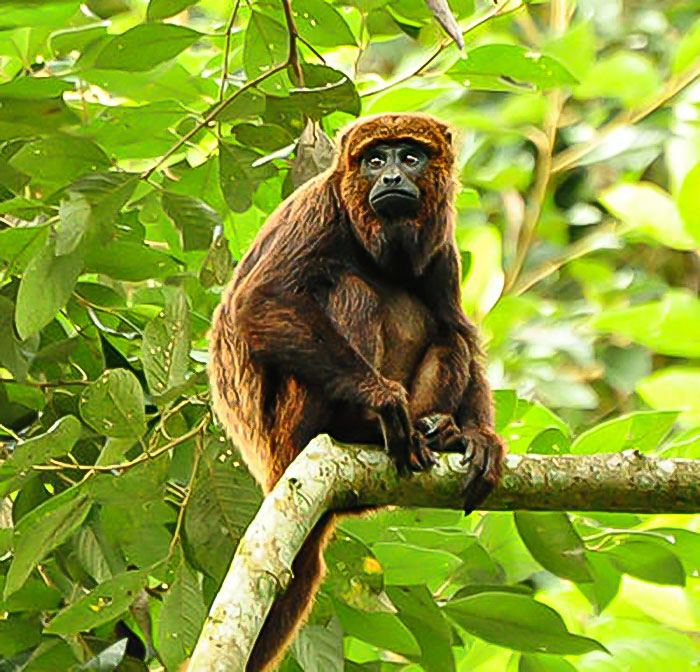
Image credits: Paulo B. Chaves
In January, scientists and conservationists successfully transferred an embryo into a southern white rhino surrogate.
Consequently, the rhino surrogate became the world’s first rhino to become pregnant via IVF, offering hope for the nearly-extinct species.
And, in a recent paper published earlier this month, scientists conducted a study to help protect Neotropical primates, many of which are currently threatened with extinction.
Researchers focused on developing a method to freeze and preserve the semen of black howler monkeys for future use in breeding programs.
Scientists recently published a paper detailing efforts to freeze and preserve black howler monkey semen for conservation purposes
The number of heat-related howler monkey deaths in Mexico has risen to 157, the government said, with a tragically small number of the primates treated or recovering. https://t.co/tNUIyD3NzC pic.twitter.com/veSZrdfag9
— CBS News (@CBSNews) May 28, 2024
They collected semen from five adult males and tested two different freezing solutions, one based on egg yolk and the other on soy lecithin (a fatty substance derived from soybeans), each with two different concentrations of glycerol (a sweet, thick liquid used to keep things moist and mix ingredients).
The study ultimately found that using egg yolk was better than soy lecithin for keeping the sperm healthy.
Also, using a higher amount of glycerol in the egg yolk mix seemed to give the best results.
As a result, the research provided new insights into how to preserve monkey sperm.
The research left some readers divided
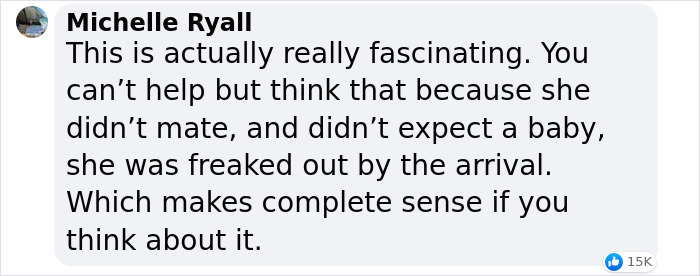
















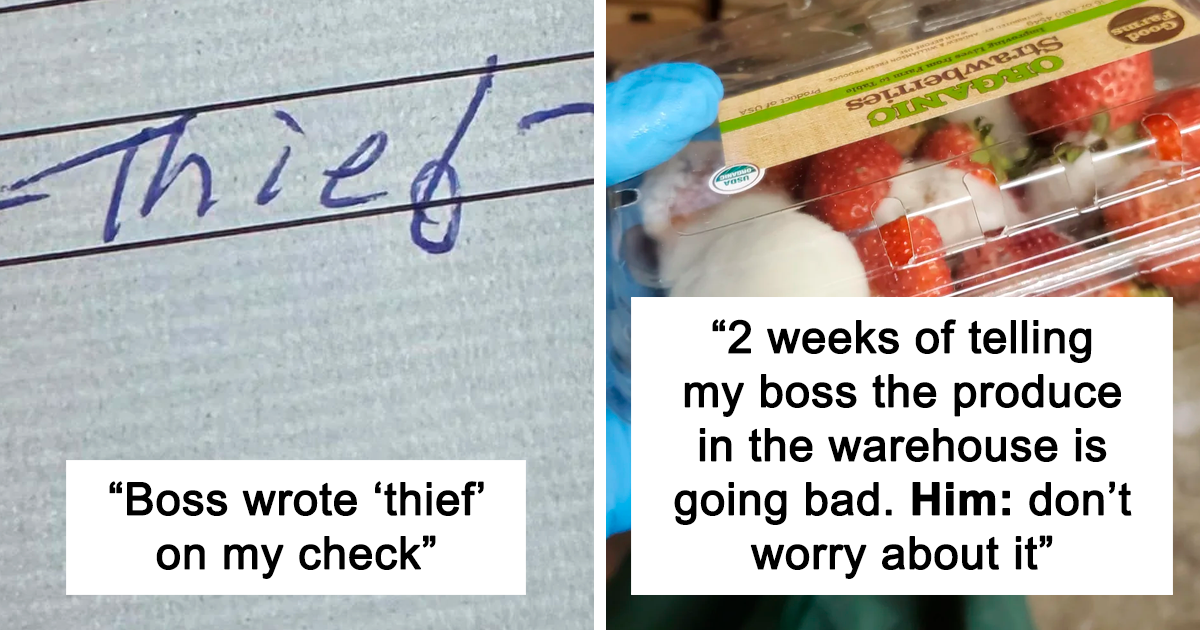





 English (US) ·
English (US) ·